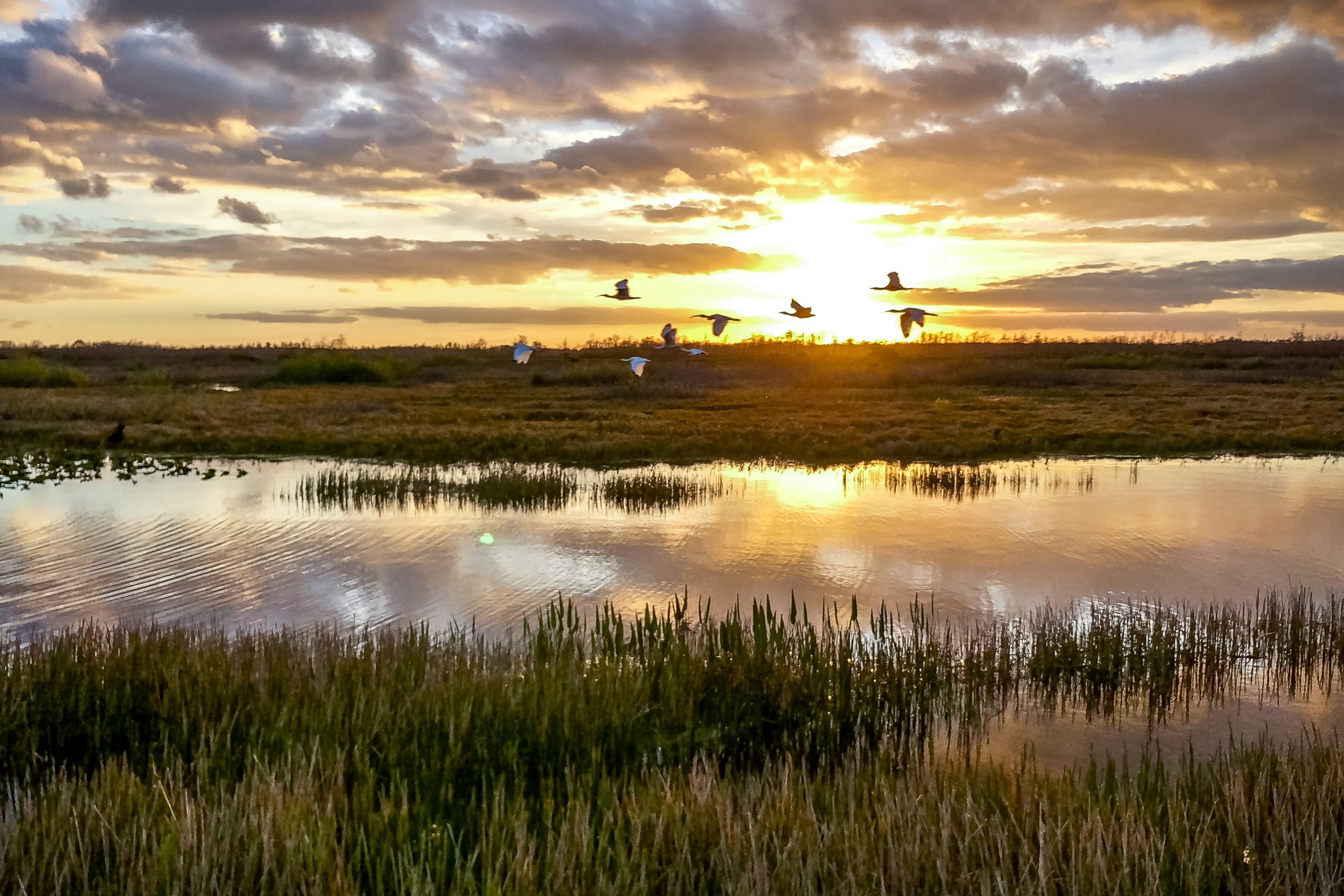The Clean Water Act (CWA) has long been understood to regulate discharges to surface waters through its National Pollutant Discharge Elimination System (NPDES) permitting program. Historically, courts have been clear that only direct discharges to those jurisdictional surface waters require NPDES permits. In recent years, a growing number of courts have begun to recognize “hydrologic connection” or “groundwater conduit” theories to require permits for indirect discharges through groundwater or other subsurface waters in addition to the traditional surface waters.
In response to these expansive judicial interpretations, U.S. EPA is requesting comments by May 21 on whether the NPDES program should be interpreted to regulate indirect discharges through groundwater that is hydrologically connected to surface water. U.S. EPA’s consideration of these comments could result in major shifts in NPDES permitting. An affirmative answer to the question of whether NPDES permits may be required for indirect discharges through groundwater or other subsurface waters would have serious implications for current permittees and non-permittees that discharge, infiltrate, or even leak pollutants into groundwater. Indiscriminate application of the “hydrologic connection” theory advanced by the courts could significantly expand the universe of activities that are prohibited without an NPDES permit.
Potentially affected sources could include public sewer systems, CAFOs, retention ponds, surface impoundments, ash ponds, underground storage tanks, septic systems, green infrastructure projects that are designed specifically to infiltrate stormwater into the ground and groundwater, and injection wells that discharge pollutants to groundwater through various types of potentially “discrete conveyances. If U.S. EPA adopts the “hydrologic connection” theory, each of these and other indirect sources would require permitting to the extent a “discharge” is hydrologically connected to surface water.
Determining whether a permit is necessary in that scenario likely would require a fact-specific determination of hydrologic connection for every potential discharge, including consideration of complex and technical factors such as the distance between the groundwater and surface water, the time it takes groundwater to travel, depth of the groundwater, flow direction and rate, climate, geology, soil type, topography, elevation, and slope.
To accommodate these considerations, U.S. EPA would have to significantly expand and adapt the NPDES program to regulate diffuse, nonpoint sources through the current point source permitting system. U.S. EPA would need to establish, for example: a process for determining whether a “hydrologic connection” exists; where and how such indirect discharges could be monitored; how to demonstrate compliance with any effluent limits; and how to calculate effluent limits, including how to apply a mixing zone, and how to consider dilution and attenuation within the soil and groundwater in determining the appropriate discharge limits.
The CWA and the current NPDES regulations answer none of these questions, so EPA would have to establish (and States would have to implement) an entirely new regulatory system. Barnes & Thornburg’s Water Team is preparing comments for the Federal Water Quality Coalition, and we will continue to track this issue as U.S. EPA collects comments and develops a position on whether it can and should regulate indirect discharges through groundwater that is hydrologically connected to surface water.













